Основы установки дымового извещателя Газовый извещатель.
Детектор CO, детектор дыма и детектор газа часто продаются без возможности отправки оповещений на телефон, чтобы обеспечить дешевую цену. Продаются простые и недорогие датчики без поддержки wifi соединения.
К сожалению, в доме нет взрослых, которые могли бы справиться с возможной ситуацией, когда животные, маленькие дети и пожилые люди остаются одни дома и без присмотра. Поэтому, покупая сигнализацию, стоит подумать, не лучше ли приобрести датчик, который зачастую стоит дороже, но который, помимо звуковой и световой сигнализации, предусмотренной на месте, будет также отправлять сигналы на смартфоны членов вашей семьи.
Вам нужен подключенный к Wi-Fi детектор дыма CO Детектор газа также нужен для того, чтобы убедиться, что батарея заполнена и сигнализация находится в режиме онлайн. И даже если вы получите ложное срабатывание, для вашей бабушки гораздо удобнее отключить сигнализацию через смартфон, чем лезть на потолок, чтобы ее заглушить.
Вот некоторые из предлагаемых нами сигнализаций с поддержкой Wi-Fi и приложения Smart Life:
Установка сигнализации CO
Важно понимать, как действует угарный газ. Он образуется в источниках пламени или топливосжигающих устройствах, таких как камины, печи, газовые сушилки, водонагреватели и автомобили. Этот газ немного легче воздуха и поднимается вверх, что может привести к отравлению угарным газом.
Лучшее место для детектора CO - стена примерно в пяти футах от пола, где он может измерять воздух на той высоте, на которой им дышат люди в доме. Разумной альтернативой является размещение детектора на потолке и в шести дюймах от стены. Вот лучшие места для установки детекторов CO по комнатам.
Если вы приобретаете один детектор угарного газа, разместите его рядом со спальными местами и убедитесь, что сигнал тревоги достаточно громкий, чтобы разбудить вас (epa.gov). Сигнализатор угарного газа должен быть установлен на каждом этаже дома, включая подвал и места рядом со спальными помещениями. Его также следует установить рядом с пристроенным гаражом или над ним на высоте не менее 5 футов от пола или на потолке (security.com).
Размещение дымовой сигнализации (данные cnet.com)
Существует три типа дымовых сигнализаторов: фотоэлектрические, ионизационные и двойные.
Фотоэлектрический извещатель измеряет свет, когда он попадает на датчик. Эти типы извещателей лучше всего справляются с обнаружением задымленных пожаров. Ионизационный извещатель обнаруживает, когда дым попадает в ионизационную камеру и ионизированные частицы дыма нейтрализуются. Падение электрического тока активирует сигнал тревоги. Ионизационные извещатели лучше реагируют на пламя. Двухсенсорный дымовой пожарный извещатель представляет собой комбинацию обоих.
По мнению NFPA, детекторы дыма лучше всего размещать внутри и снаружи спален и на каждом уровне дома, включая подвал. В зависимости от размера вашего дома вам может понадобиться несколько детекторов дыма. Дымовые пожарные извещатели с двумя датчиками, установленные по всей квартире, наиболее эффективно обнаруживают оба типа ранних пожаров.
Дым поднимается вверх, поэтому лучше всего устанавливать детекторы дыма высоко - обычно на потолке. Если вы решили установить дымовой пожарный извещатель на стене, лучше всего расположить его на расстоянии менее 12 дюймов от потолка. Найдите место вдали от вентиляционных каналов, окон или любого другого места, где есть сквозняк, который может помешать дыму достичь детектора. Подключение всех дымовых сигнализаторов обеспечит вам более надежную защиту - если сработает один датчик, сработают все.
Где разместить детектор дыма на кухне
Обычно люди избегают размещать детектор дыма на кухне, опасаясь, что он сработает во время приготовления пищи. Но детектор дыма необходим на любой кухне просто потому, что там часто начинаются пожары - даже если вас нет рядом в момент их возникновения. Чтобы свести к минимуму ложные срабатывания, детекторы должны быть установлены на расстоянии не менее 10 футов от плиты или духовки. В маленькой кухне это может быть затруднительно. Единственным вариантом может быть размещение детектора дыма за пределами кухни на расстоянии 10 или более футов от плиты.
Спальные зоны
Детекторы дыма должны быть размещены в спальне и за ее пределами, например в коридоре. Если у вас недостаточно детекторов дыма, чтобы разместить их везде, поставьте один за пределами спальни в таком месте, чтобы все спящие могли слышать сигнал тревоги. Как уже говорилось, объединение беспроводных или проводных датчиков дыма помогает решить проблему слышимости.
Например, если посреди ночи сработает датчик дыма в подвале двухэтажного дома, взаимосвязанные дымовые сигнализации зазвучат по всему дому, быстро оповещая всех, кто спит наверху.
Подвалы
Не забудьте установить в подвале детектор дыма. Взаимосвязь идеально подходит для того, чтобы предупредить вас о появлении дыма в подвале. В противном случае вы можете не услышать сигнал тревоги, пока огонь не распространится на другие помещения.
Где лучше всего разместить газовый детектор в вашем доме
Установите сигнализатор у потолка для природного газа и у пола для пропана с помощью прилагаемого шнура питания. Поскольку природный газ поднимается вверх, а пропан опускается в воздух, размещение у потолка или пола в зависимости от типа газа поможет повысить чувствительность сигнализации.
На потолке или рядом с ним (данные с сайта critical-environment.com):
- Аммиак (NH3)
- Водород (H2)
- Метан (CH4)
Рядом с полом (6 дюймов / 15 см над полом, данные сайта critical-environment.com):
- Ацетон (C3H6O)
- Спирты
- Бензол (C6H6)
- Бутан (C4H10)
- Хлор (Cl2)
- Дизельное топливо
- Этанол или диметиловый эфир (C2H6O)
- Фтор (F2)
- Бензин
- Фтористый водород (HF)
- Гексан (C6H14)
- Изобутан (C4H10)
- Изобутилен (C4H8)
- Изопропиловый спирт (C3H8O)
- Реактивное топливо
- Метанол (CH4O)
- Озон (O3)
- Пропан (C3H8)
- Пентан (C5H12)
- Пропилен / Propene (C3H6)


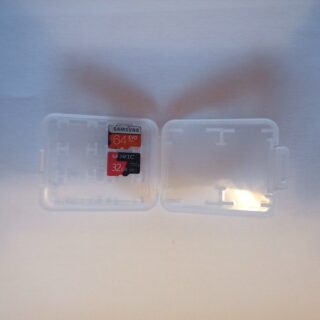
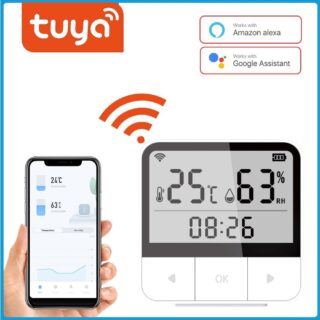

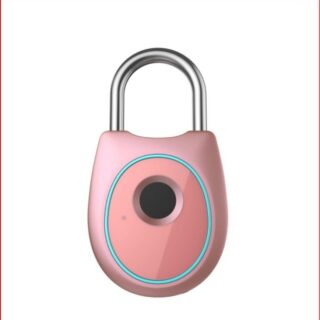

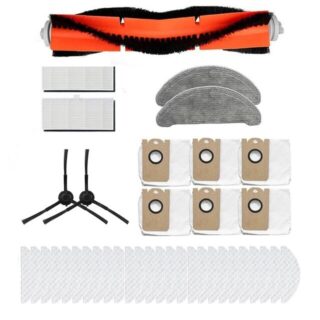
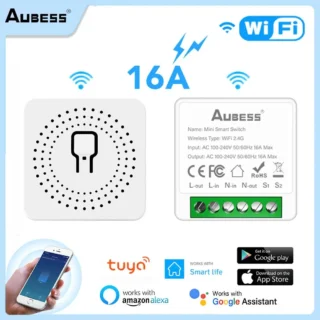
Добавить комментарий